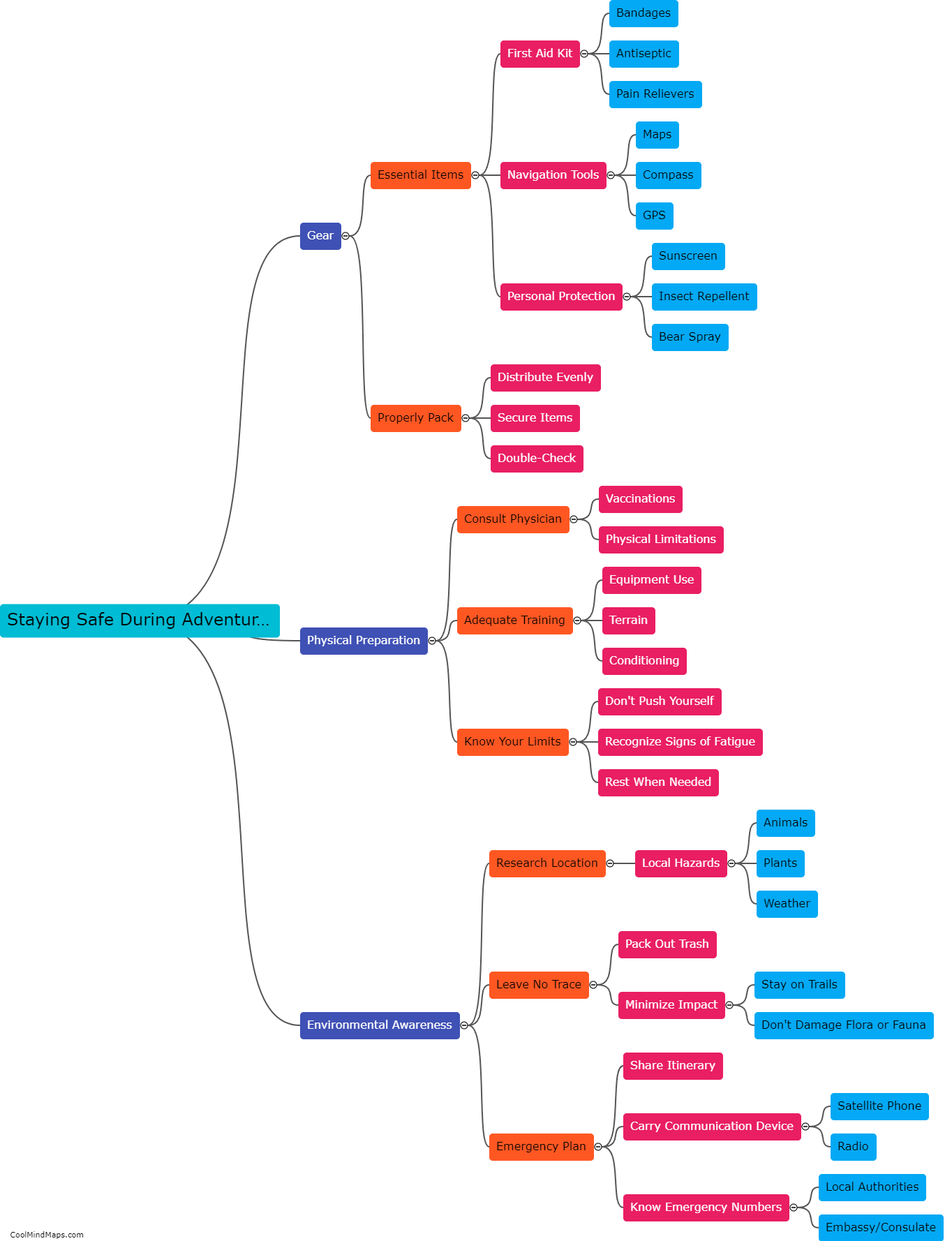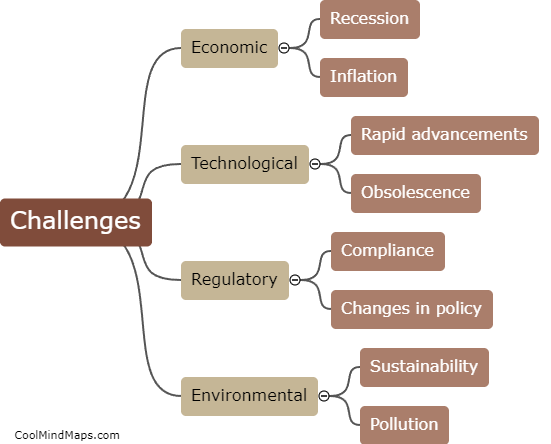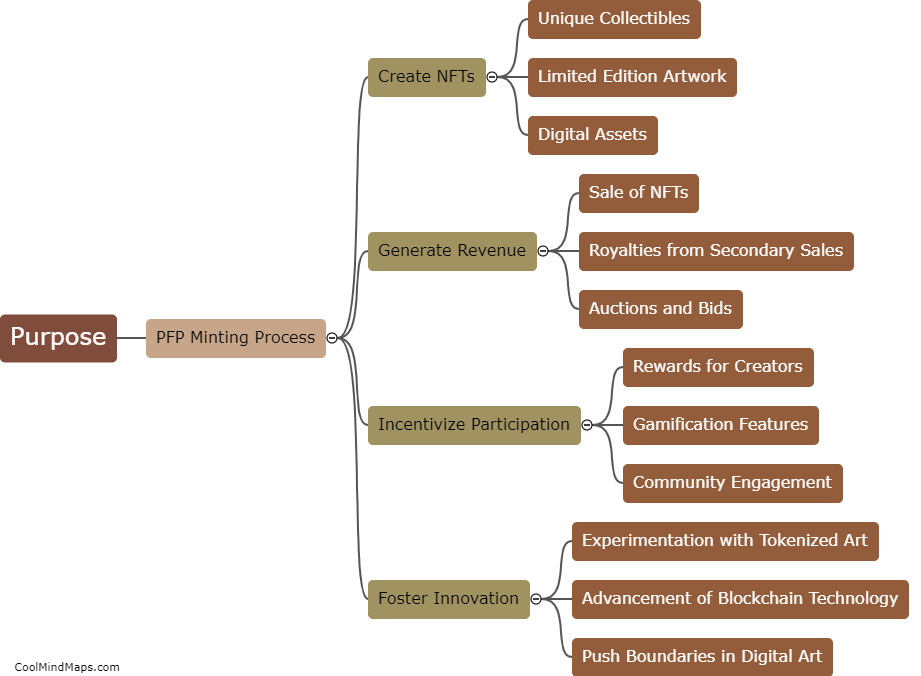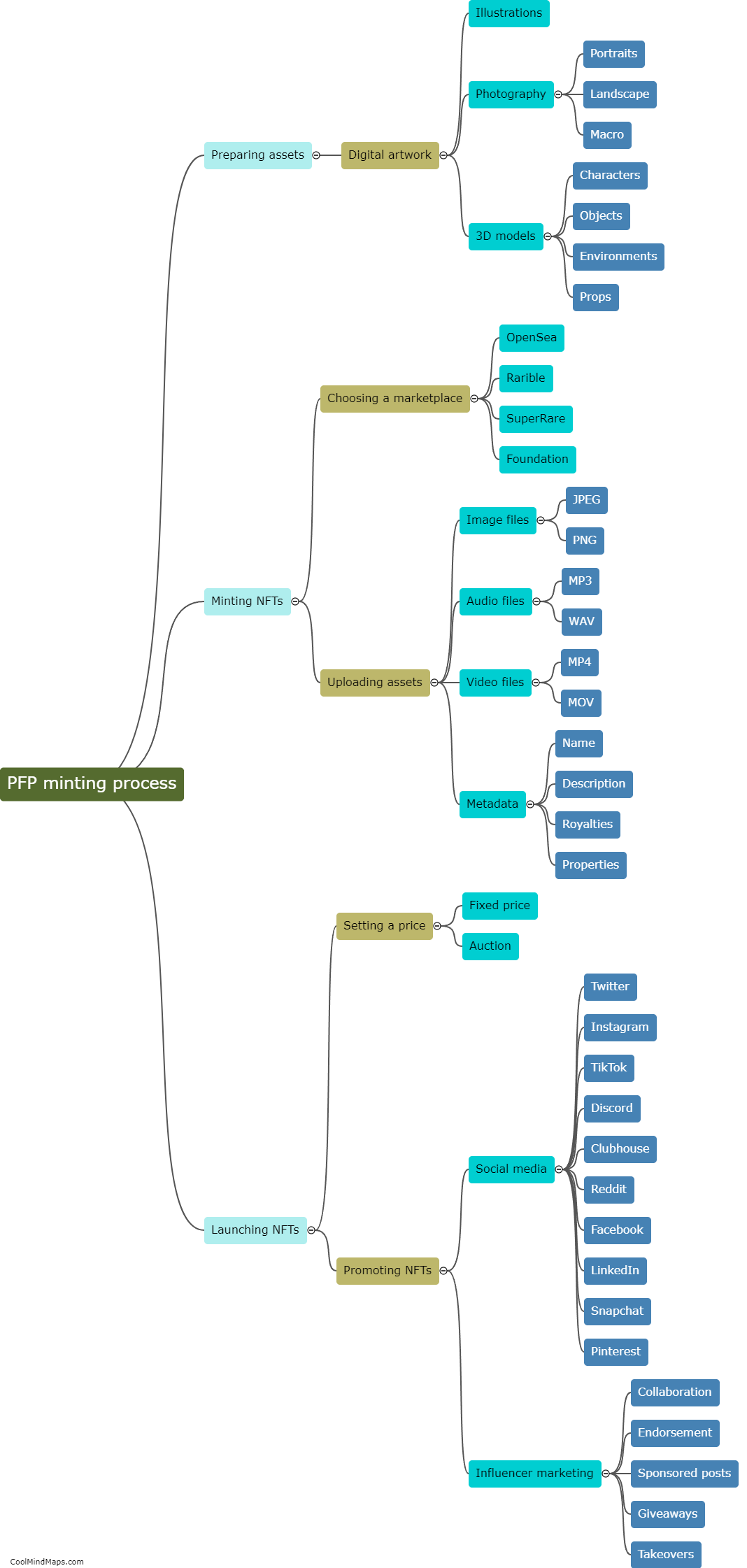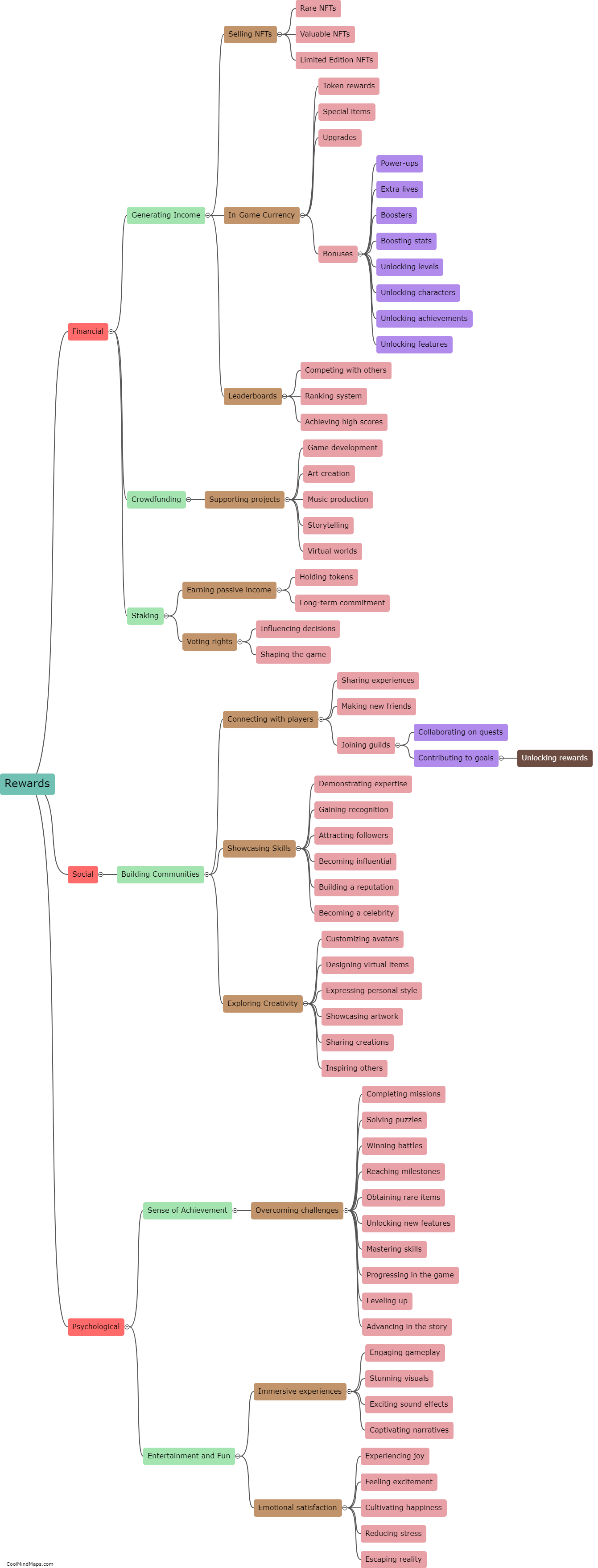What are the key steps involved in conducting a User Access Review?
Conducting a User Access Review involves several key steps to ensure that the access rights granted to users within an organization's systems and applications are appropriate and aligned with their job roles and responsibilities. Firstly, the review typically begins by compiling a comprehensive list of all user accounts and associated access privileges. This can be done by extracting data from user management systems or security tools. Next, the organization needs to define the criteria for reviewing user access, such as access levels, roles, and the principle of least privilege. Once the criteria are established, the user access review team examines each user's access rights and compares them to the defined criteria. Any discrepancies or inappropriate access levels are flagged for further investigation. The next step involves reaching out to managers or supervisors for their input and validation of the access rights allocated to each user. Finally, based on the feedback received, any necessary changes or adjustments to access rights are made, and a record of the review is maintained for audit and compliance purposes. Regularly conducting a user access review is crucial to ensure data security and minimize the risk of unauthorized access.
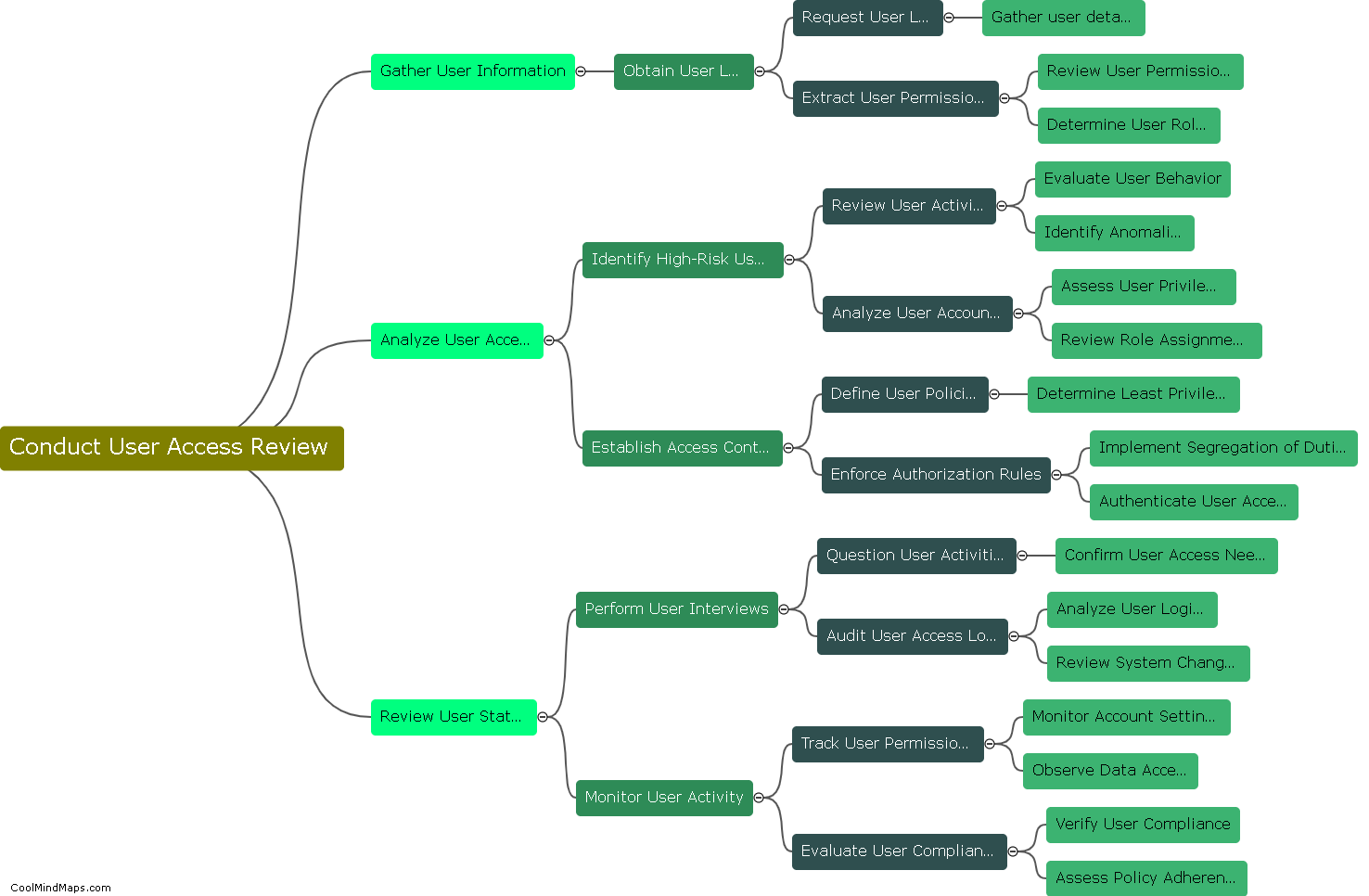
This mind map was published on 1 August 2023 and has been viewed 100 times.
